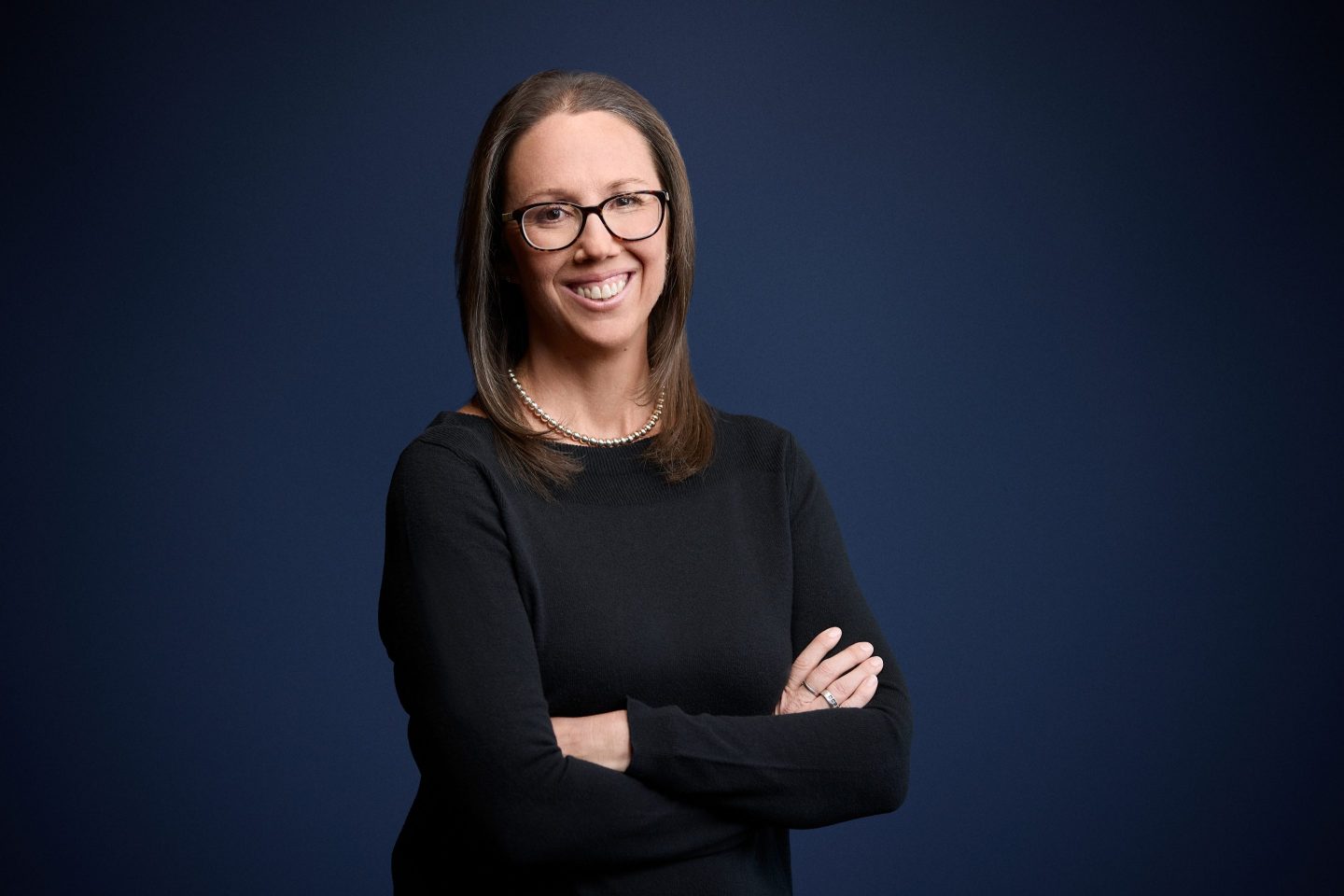Gen Z college students are buckling up to enter one of the toughest entry-level job markets in years. With the unemployment rate for recent graduates ticking up—and some employers predicting the class of 2026 will face an even steeper climb—students are looking for an edge.
For many, the new saving grace is double majoring.
At public and private colleges across the country, the pursuit of two distinct focuses is seeing an exponential rise, according to data analyzed by The Hechinger Report. At Drexel University, the number of double majors jumped 591% between 2014 and 2024. At Harvard, the practice has grown by 334%, and at UC–San Diego, it is up by 169%.
Beyond the academic clout and a relatively small income boost, double majoring can offer a significant shield against economic volatility. According to a study from the National Bureau of Economic Research, students with two majors are far more insulated from pay cuts or job losses than those who studied a single subject. In fact, double majors experience a 56% reduced impact from income shocks.
“The biggest return to being a double major isn’t in terms of having higher earnings,” said study co-author Bruce Weinberg, a professor of economics at Ohio State University. “It’s in the form of having greater protection for whatever earnings you have.”
This protection is vital at a time when companies are reassessing their talent pipelines in the wake of AI and, in some cases, letting Gen Z talent go just months after hiring them.
The benefits of skill diversification
At the University of Wisconsin–Madison, some 30% of graduates majored in two or more areas. In the 2023-2024 academic year, 201 graduates double majored in computer science and data science—the most popular combination by more than twice as any other.
“Students view the double major in computer sciences and data science as an opportunity to maximize their college experience and optimize their preparation for career paths in tech,” wrote Steve Wright, the school’s computer sciences department chair.
This grouping comes as no surprise considering young people’s historical interest in the tech industry and the fact that demand for data scientists is expected to grow by some 34% over the next decade. It is also logically efficient: schools often allow related classes to be cross-listed, counting toward requirements for both degrees.
However, research published by Cambridge University Press suggests there can be greater insurance not from doubling down on similar skills, but from diversifying. Pairing a business or STEM field like biology, engineering, or computer science with a liberal arts major, like English literature, history, or fine arts, enhances the likelihood of working in research and development activities as well as job match.
That blend of technical and soft skills is something many leaders now argue is essential.
Uber CEO Dara Khosrowshahi, speaking on a panel earlier this year at his alma mater Brown University, stressed that a “balanced education”—one that spans both STEM and the liberal arts—is an “absolute necessity” for leadership.
“Learning all of the… really important basics of engineering, but then marrying that with liberal arts, that really taught me to communicate in a compelling way, which is an absolute necessity when you’re in a leadership position,” Khosrowshahi said.
For him, engineering taught him “how to solve complex problems,” while liberal arts, he added, “just captured my heart.”
Apple’s late cofounder Steve Jobs had long echoed that sentiment—famously saying the combination of technology with liberal arts and humanities was quintessential to success.
“It’s in Apple’s DNA that technology alone is not enough—that it’s technology married with liberal arts, married with the humanities that yields us the result that makes our hearts sing.”












